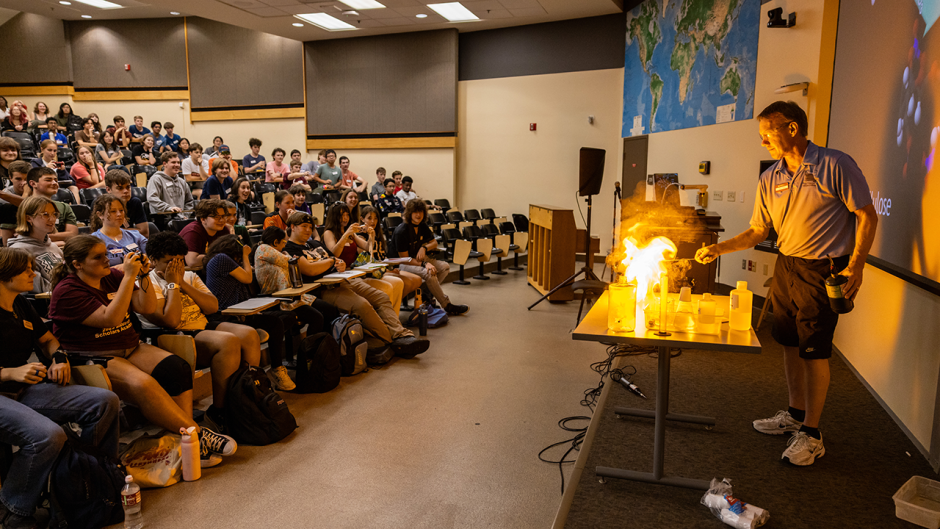
Feb. 16, 2022
Contact: Pate McCuien, mccuienp@missouri.edu, 573-882-4870
Among a group of coworkers, one employee can sometimes emerge as an informal leader, a go-to person to solve problems and answer questions. As a result, most managers assign that employee the most important tasks and the best opportunities for professional development and growth.

However, other employees in the same unit may be just as fit to lead, and businesses benefit from allowing more employees to get involved in leadership opportunities. A new study at the University of Missouri suggests that organizations might not be utilizing other employees to their full leadership capabilities as they aren’t given the same opportunities for leadership development and advancement.
Ann C. Peng, an associate professor at the Trulaske College of Business, studied how coworkers internally select leaders among their peers, known as informal leaders. By surveying more than 375 employees from 63 stores, she and her colleagues found that not everyone who is motivated and capable of leading is asked to act as a leader equally. During the survey process, Peng asked the participants in the study whom they looked to for leadership and motivation on hard days. Most responded by looking to the same coworker, who had separated themselves as a leader.
Peng said that once the teams establish a certain leadership structure, it tends to be relatively stable over time, and as that structure forms it can be difficult to change.
“This is important because such a structure tends to establish very quickly and is often not optimal,” Peng said. “If you are not initially established as a leader in that structure, you are at a disadvantage. For instance, someone who is extroverted is more likely to quickly emerge as a leader, whereas someone who is introverted and equally talented may not. Yet, the group dynamic we found suggests that the introverted person, despite his/her talent and motivation to lead, may be called upon less by their peers.”
Ultimately, Peng’s research shows that people in this scenario will have fewer opportunities to prove themselves as leaders in the work unit, and that down the line these people will be promoted less often as well.
Peng’s research also shows that this phenomenon can make it difficult for all employees to feel included and have opportunities to be developed as leaders and to potentially promoted for formal leadership positions. Not only is this unfair to certain employees, particularly minorities, but Peng said it can negatively impact the productivity of the company as a whole.
“Organizations benefit from individual initiatives, so you want to encourage all of your employees to behave like leaders,” Peng said. “This prevents the expectations of a leader, like identifying issues and motivating the team, from being levied on one person — and it generates a healthier and more productive work environment.”
Prior research suggests people select leaders based on their productivity and ability to accomplish their common goal, but Peng’s research shows leadership selection is much more complicated than just who is better at their job.
To help increase production in the office and ensure many workers are exhibiting and developing leadership qualities, she said it’s important for managers to be mindful of this group dynamic and counteract the tendency to lean on one person by intentionally offering the disadvantaged members opportunities to prove their leadership skills.
“If you want to encourage more healthy leadership behavior among a workforce, you need to consider a few tactics that can make an impact on the relationship dynamics of the workforce, like assigning someone that is exhibiting fewer leadership qualities to take charge of a particular task,” Peng said. “Managers need to make an effort, otherwise nothing will change.”
“How is leadership maintained? A longitudinal mediation model linking informal leadership to upward voice through peer advice seeking” was published in the Journal of Applied Psychology.

![062625_CEI Aerial View_email-cropped[29] (1)](https://showme.missouri.edu/wp-content/uploads/2025/06/062625_CEI-Aerial-View_email-cropped29-1-940x529.jpg)


